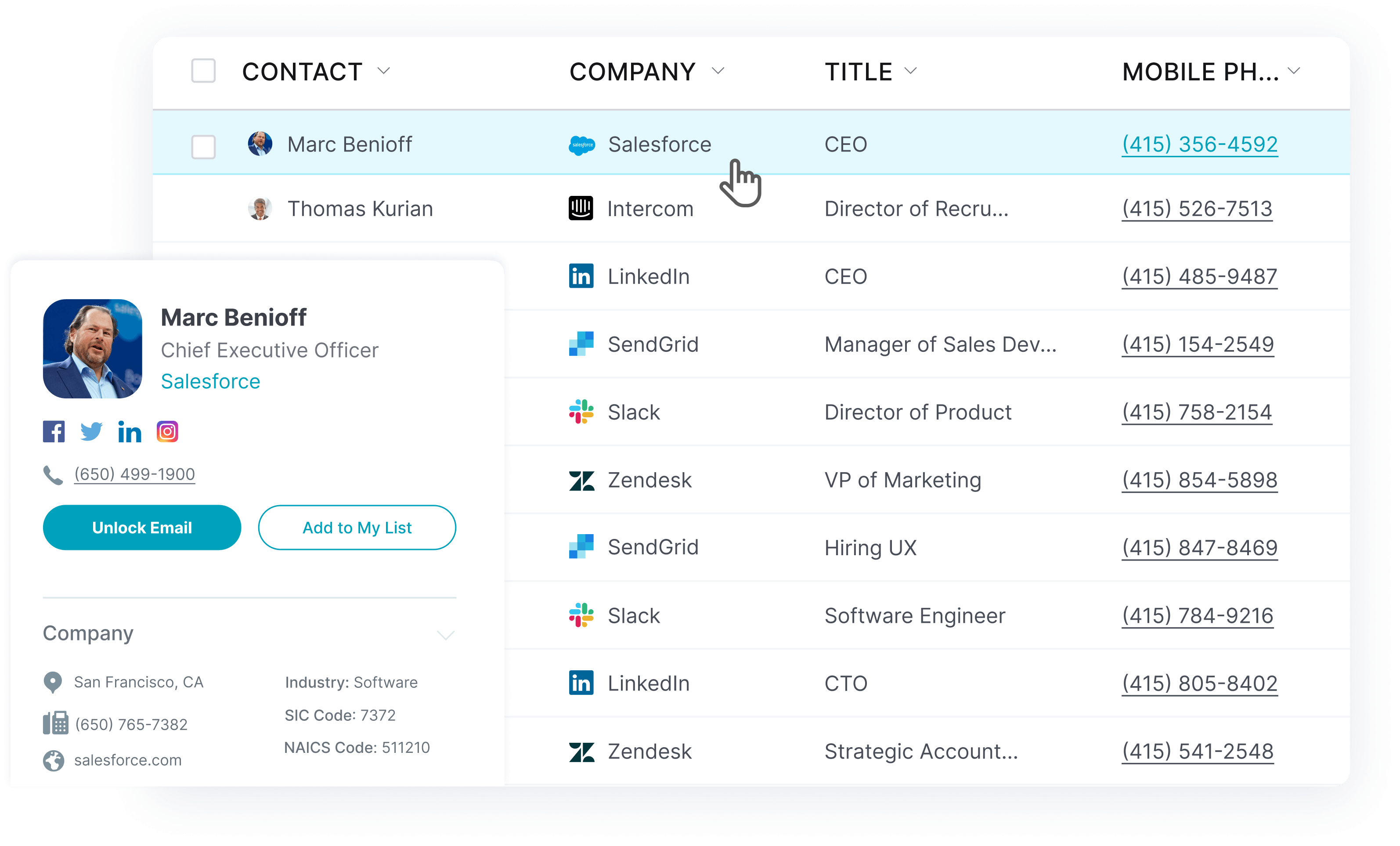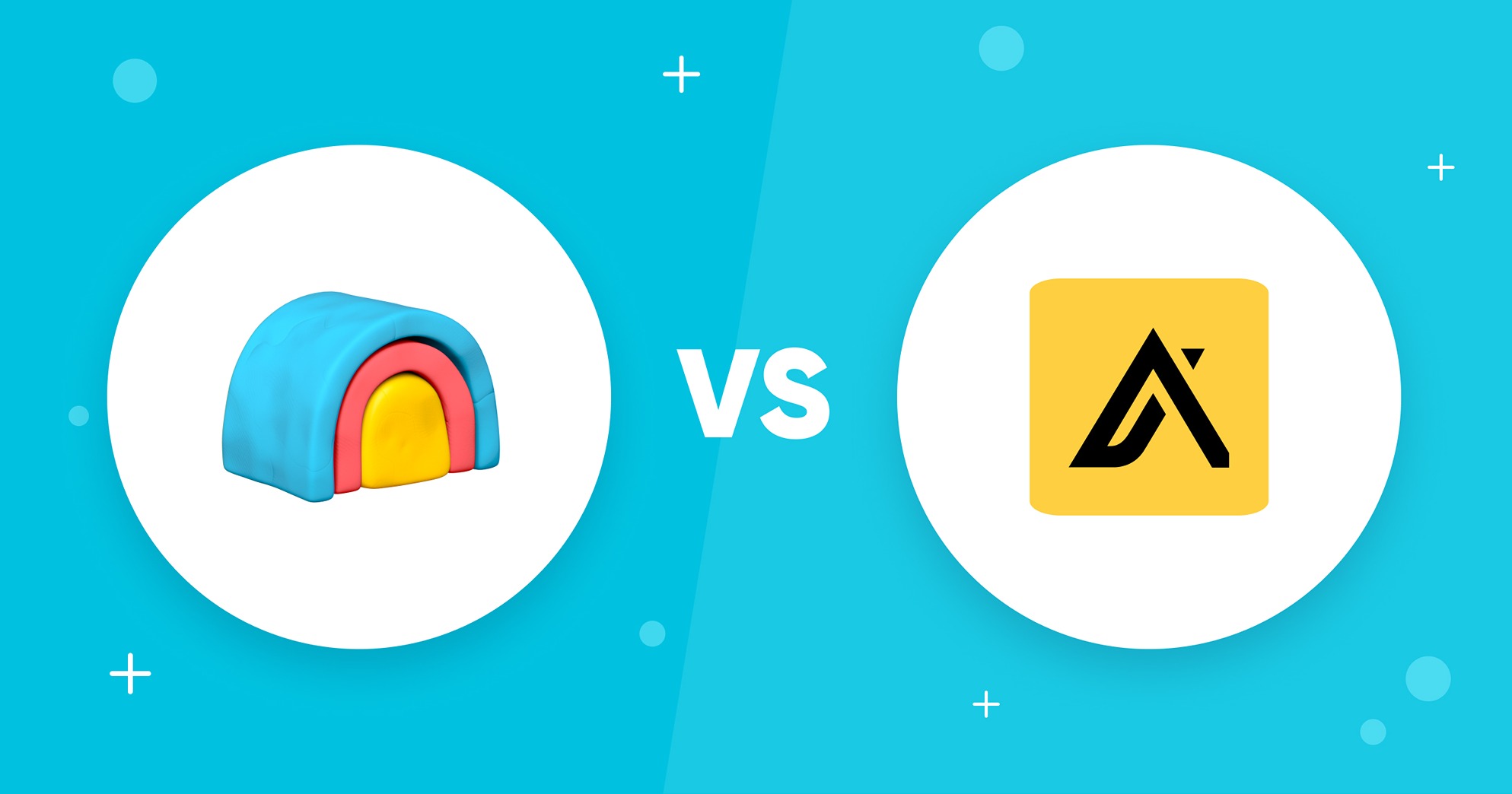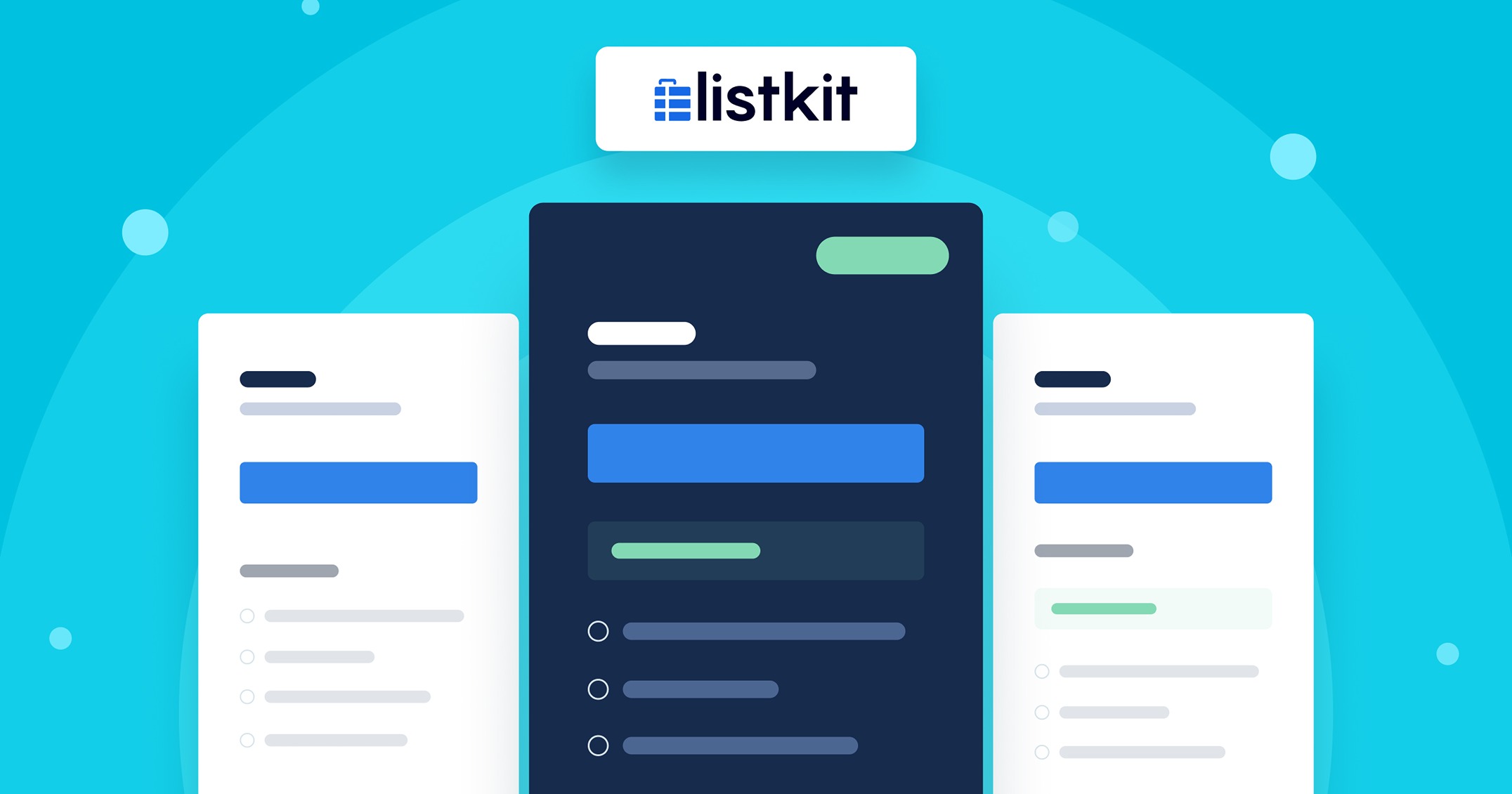Sales development representative (SDR) teams generate, qualify, and nurture marketing-sourced leads to accelerate the sales pipeline. This guide explores the key components and strategies necessary to build and lead a successful SDR team, setting the stage for sustained sales success.
Why You Need an SDR Team
Sales development teams are critical in aligning sales and marketing to create a seamless lead-generation process. Key responsibilities of SDR squads include identifying and engaging with prospects from targeted outreach campaigns, qualifying inbound leads, conducting discovery calls to identify needs and pain points, pursuing hot leads while nurturing colder leads, and efficiently handing off qualified opportunities to account executives. A dedicated SDR team lets salespeople focus on closing while ensuring lead follow-up.
How Do You Structure an SDR Team? Sales vs Marketing
Sales development teams typically report to sales organizations but work closely with marketing. Research shows that embedding SDRs under the sales department leads to more qualified opportunities passed to account executives. SDRs housed in sales utilize the department’s processes, training, and leadership to ensure proper qualification and transition of sales-ready leads. Around 64% of sales development teams report to Sales. However, marketing alignment remains critical, so outbound campaigns target ideal prospects that become pipelines rather than wasted effort.
How to Build Successful SDR Teams
A Sales Development Representative (SDR) team is crucial in bridging the gap between marketing and sales, generating qualified leads into successful deals. Constructing an efficient, high-performing SDR team requires a meticulous approach. Below are the fundamental elements for forming a successful SDR team.
Hiring Sales Development Representatives
To build a strong foundation for your SDR team, focus on hiring individuals who are not just skilled but also align with your company’s values and objectives. Explore diverse hiring channels, including job boards, social media, and industry-specific events, to tap into a vast pool of potential candidates.
Recruit SDRs from inbound lead generation roles like business development representatives (BDRs), as they possess essential cold outreach skills. These individuals are already familiar with the nuances of lead generation and can hit the ground running. Leverage your existing sales team’s networks and internal referrals to find candidates familiar with your products, customers, and work environment. Prioritize candidates who exhibit technical skills and essential soft skills like persistence, work ethic, and eagerness to learn.
When interviewing potential SDR hires, evaluate their ability to communicate value propositions, uncover pain points, and progress opportunities through the sales funnel. Look for data-driven, process-oriented team players who can collaborate cross-functionally and adapt to the dynamic nature of sales.
Qualities to Look for in SDRs
In the competitive realm of B2B sales, having a team of SDRs that stands out is imperative. Building your team begins with identifying and hiring individuals with a suitable set of qualities that align with the role’s demands.
Successful SDRs demonstrate:
- Strong communication and active listening skills: Essential for understanding customer needs and effectively conveying the value of your product.
- Tenacity to power through rejection: Sales is a field riddled with rejection; resilience is critical.
- Creativity in crafting customized outreach: Personalization can significantly increase engagement rates in sales and marketing efforts.
- Passion for sales and competitiveness: A drive to succeed ensures they remain motivated and perform at their best— whether through inside sales or outside sales strategies.
- Organization in tracking detailed processes: Keeping track of leads and interactions is crucial for effective follow-ups.
- Patience in qualifying each lead appropriately: Not every lead will convert; patience is necessary to focus efforts on the most promising prospects.
Onboarding & Training
Comprehensive onboarding and training are crucial for SDR team performance. Equip your new hires with extensive product knowledge, practical communication skills, and a deep understanding of your B2B sales cycle. Training should cover:
- Your sales process, funnel, and terminology: Clarifying how leads are generated, nurtured, and converted.
- Messaging and value propositions: Ensuring consistency and effectiveness in communication.
- Lead and opportunity qualification: Teaching them to identify and prioritize potential leads.
- Tools like CRM, email tracking, and dialers: Familiarize them with the SDR tools to enhance their productivity.
- Call and email best practices: Sharing strategies that have proven effective.
- Product knowledge: Ensuring they fully understand what they are selling.
Compensation
Typical SDR compensation averages $45-55k base salary plus commission for meetings booked. Many companies offer accelerators upon hitting activity quotas. Money motivates – optimize compensation to incentivize SDR activity. Furthermore, a well-thought-out compensation plan attracts top talent and encourages them to excel.
In addition, the average salary-to-commission rate is around 70:30. This balance ensures that while SDRs have a stable income, a significant portion of their earnings is tied to their performance, encouraging them to deliver their best consistently.
Further Development in the Role
SDR roles are typically entry-level positions, but with the right training and performance, there’s ample room for growth. Outline a clear promotion path from SDR to an account executive or other senior roles within the sales department. This path motivates SDRs to excel and ensures that you have a pipeline of trained and experienced individuals ready to step into more senior roles.
Top SDRs become your next AE stars, contributing significantly to the success of your sales department. Investing in the careers of your SDRs ensures that you retain top talent, reducing turnover and the associated costs of hiring and training new staff.
Building a stellar SDR team requires hiring individuals eager to learn and grow, providing extensive training and the right tools, offering competitive compensation, and creating opportunities for career advancement. The result is a well-oiled sales engine propelling your pipeline and contributing significantly to the overall success of your organization.
Key Tools for SDR Teams
Sales Development Representatives (SDRs) must have the tools to manage leads efficiently, communicate with prospects, and streamline workflows. A well-curated tech stack is essential for sales and marketing teams to optimize their prospecting activities and reporting, ensuring they can focus on what they do best: generating qualified leads and contributing to the sales pipeline.
CRM Platform
A CRM centralizes prospect data, interactions, and pipeline metrics. A few CRM platforms offer this capability for a sales development team.
- Salesforce: Known for its customization, scalability, and extensive integrations.
- HubSpot CRM: Offers a user-friendly interface and is excellent for small to medium-sized businesses.
- Microsoft Dynamics 365: Ideal for businesses already using other Microsoft products.
List Building Tool
Efficient prospecting starts with having access to accurate and relevant contact data. Prominent list- building tools include:
- UpLead: Provides high-quality B2B contact profiles with direct contact information.
- ZoomInfo: Another popular choice offering a vast database of B2B contacts.
- LinkedIn Sales Navigator: Ideal for sourcing and connecting with prospects on LinkedIn.
Customer and prospect data fuels SDR outreach. Robust contact databases like UpLead provide continuously updated, highly accurate B2B contact profiles – names, titles, direct emails, phone numbers, and other demographics – on target buyer personas. These updates enable precise, relevant prospecting, increasing the chances of connecting with the right people.
Pipeline Management
Pipeline solutions allow SDRs to sequence multichannel outreach campaigns and track prospect engagement across calls, emails, LinkedIn, and more. Features like email templates, voicemail drops, and meeting schedulers streamline and scale sales development workflows.
Managing a pipeline efficiently ensures no missed opportunities and that all leads are nurtured appropriately.
- Outreach: Known for its comprehensive suite of sales engagement tools and robust pipeline dashboard.
- SalesLoft: Offers similar sales pipeline functionalities with an emphasis on user experience.
- Yesware: Integrates directly with your email and calendar for easy outreach tracking.
Pipeline solutions allow a sales development team to sequence multichannel outreach campaigns and track prospect engagement across calls, emails, LinkedIn, and more. Features like email templates, voicemail drops, and meeting schedulers streamline and scale SDR workflows, making the process more efficient and effective.
Measuring the Success of SDR Teams
Understanding and measuring the performance of a sales development team is critical in optimizing their impact on the sales pipeline and overall business growth. By closely monitoring and analyzing key performance indicators (KPIs), organizations can identify areas of strength and opportunities for improvement, ensuring that the sales team is aligned with broader business objectives and contributing effectively to revenue generation.
Key SDR Metrics
The success of an SDR team can be gauged through several vital metrics, each providing insight into different aspects of a high-performance SDR team:
- Meetings booked: This is the primary goal of SDRs and SDR Managers. Track the total number of appointments set and analyze the meetings booked per representative to understand individual performance and identify coaching opportunities.
- Contact rate: Represents the percentage of successfully contacted prospects. This metric is crucial for assessing the effectiveness of outreach efforts and ensuring that the team engages sufficient leads.
- Response rate: The percentage of contacted prospects who respond. Benchmarking this metric against industry averages is essential to understand how well your messaging resonates with the target audience.
- Lead to opportunity conversion rate: Indicates the percentage of leads that advance to become sales-qualified opportunities. To ensure a healthy sales development pipeline, strive for continuous improvement in this area.
- Revenue generated by SDRs: Reflects the total sales revenue attributed to SDRs’ effective sales development efforts. This metric is essential for proving the SDR team’s return on investment (ROI) and justifying further resource allocation.
To effectively measure the success of an SDR team, it is important to regularly analyze trends in these metrics in relation to established goals. Additionally, segmenting the data by factors such as campaign type, communication channel, geographic location, and industry can provide more granular insights, enabling more strategic decision-making. Monitoring activity metrics, such as the number of calls and emails sent, ensures consistent prospect engagement.
At the same time, surveying sales teams on the quality of deals sourced by SDRs can provide valuable feedback for ongoing improvement. By leveraging these insights, organizations can strengthen the top of the B2B sales funnel, ensuring a steady flow of qualified leads and contributing to overall business success.
Use UpLead to Take Your SDR Team to the Next Level
Elevate your SDR team’s performance and efficiency with UpLead, the premier tool designed for precision in B2B lead generation. Boasting an impressive 95% data accuracy, UpLead ensures that your team has access to reliable and up-to-date contact information.
With over 50 search filters, real-time email verification, robust Intent data, and 16K+ technographic data points, your SDRs can identify and connect with their ideal prospects faster and more effectively than ever. Don’t let outdated or inaccurate data slow your team down.
Choose UpLead and empower your SDR team to achieve unparalleled success in their outreach efforts. Take the next step in optimizing your sales process, and start your journey with UpLead today.
Lead generation doesn’t have to be all that painful. With UpLead, you can easily connect with high-quality prospects and leads to grow your company.

FAQs About SDR Teams
Below are some of the most frequently asked questions about sales development teams to provide clarity and insights.
A good SDR team comprises skilled representatives with a strong work ethic, resilience, and excellent communication skills– along with dedicated sales leaders. Practical and continuous training is essential to equip the team with the necessary knowledge and skills. Using targeted tools enhances efficiency, while precise metrics tracking helps evaluate performance and identify improvement areas. Cultivating a collaborative and high-energy culture fosters a positive work environment, and providing incentives for top performers encourages motivation and excellence.
Typically, fast-scaling startups rapidly expand their customer base, and leading enterprise sales organizations have the largest SDR teams. Prominent companies like Salesforce, Oracle, SAP, and Adobe are known for their substantial SDR and Business Development Representative (BDR) teams, which are pivotal in their extensive sales operations and customer outreach efforts.
An SDR team manager takes on a multifaceted role, encompassing recruitment, onboarding, and coaching of SDRs. They are responsible for setting clear targets, closely monitoring performance, and providing guidance and support to nurture career growth. Additionally, they lead the strategy and process optimization to enhance the team’s efficiency and effectiveness.
The role of an SDR can be challenging, with one of the hardest parts being handling constant rejection. It requires a resilient mindset to stay motivated and maintain a positive attitude without taking rejections personally. Successful SDRs embrace resilience and develop strategies to remain unfazed by rejection, focusing on the opportunities ahead.
Setting a realistic benchmark for meetings is crucial. On average, an SDR should aim to book 2 to 4 meetings per week, translating to 10 to 15 monthly meetings. These numbers can vary based on factors such as outreach time, industry vertical, and the complexity of the sales process. Conducting thorough research and setting achievable goals is vital and ensures that the SDR team remains motivated and focused.
What You Need to Remember About SDR Teams
Building a successful SDR team requires adopting top strategic sales techniques, focusing on hiring skilled and resilient representatives, providing comprehensive training, and equipping them with the right tools. Continuous performance measurement and creating a positive, collaborative culture are crucial. Remember, the effectiveness of your SDR team directly impacts your sales pipeline and revenue growth.









